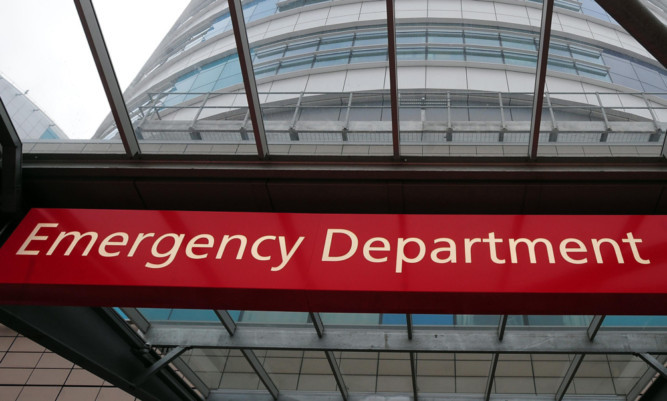Accident and emergency waiting times are at their worst level since 2007, official figures have revealed.
NHS Tayside bucked the national trend by being the only mainland health board to meet national standards that demand more than 98% of patients are seen and transferred or discharged within four hours, with a success rate of 98.4% in December.
NHS Fife’s ability to comply with the target dropped over the final few months of last year, falling from 98.9% of people dealt with in under four hours in September to 91.1% in December.
The national picture was condemned, as it was revealed there were 323 cases in December alone where patients in A&E had to wait more than 12 hours to be seen.
Labour health spokeswoman Jackie Baillie said: “This SNP Government is not meeting its own A&E waiting times and these are now the worst figures since the SNP were elected.”
Four out of 14 health boards NHS Tayside, Orkney, Shetland and Western Isles met the waiting time target. NHS Lanarkshire (84.4%), Forth Valley (85.8%) and Lothian (86.2%) were the worst performers.
Health secretary Alex Neil blamed the combination of a “busy winter” and “additional complexity” of a norovirus outbreak for waiting times failures.
He said: “We want to have as many people as possible treated within four hours of their admission to accident and emergency and we have to recognise that while the vast majority of people are, improvements can still be made.”
NHS Tayside A&E clinical lead Shobhan Thakore said: “Our ability to achieve the 98% standard depends not just on A&E staff but the hard work of staff in admissions wards to allow patients to be admitted with as little delay as possible.”
George Cunningham, director of acute services at NHS Fife, said: “While we remain above the Scottish average, we are disappointed that we have not consistently met the 98% standard of patients admitted, transferred or discharged from A&E within four hours.”
